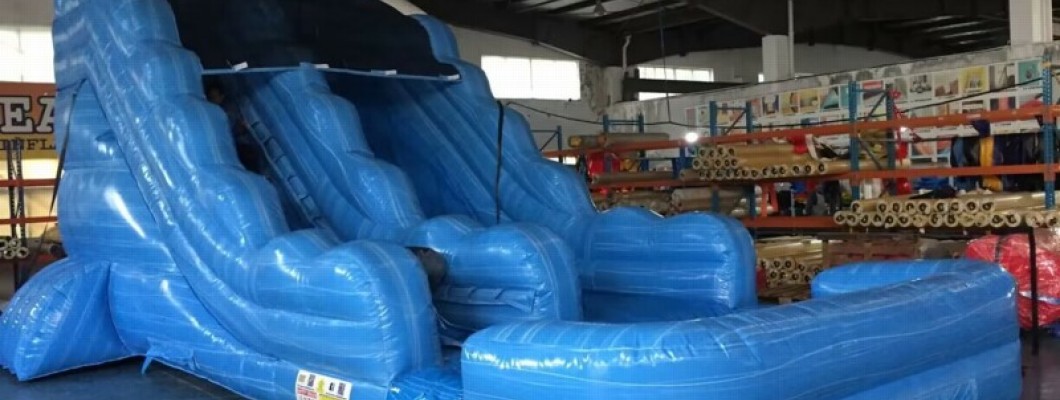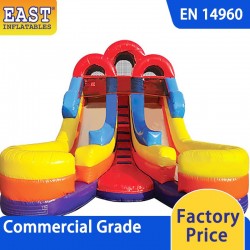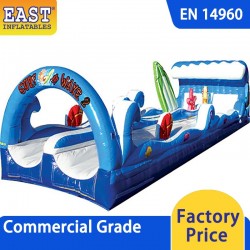
Inflatable water slides are a popular choice for summer fun, providing hours of enjoyment in the heat. However, their performance can vary significantly depending on the weather conditions. Understanding how different weather factors affect inflatable water slides can help you make the most of your slide and ensure it remains in good condition. This article explores how inflatable water slides perform in various weather conditions and offers tips for managing these challenges.
Sunny and Hot Weather
Sunny and hot weather is ideal for using inflatable water slides. The heat helps ensure that the water remains cool and refreshing, enhancing the sliding experience. However, there are a few considerations:
- Water Temperature: In hot weather, water in the slide may warm up quickly. To maintain a cool sliding experience, ensure a steady flow of fresh water.
- Surface Temperature: The slide surface can become very hot in direct sunlight, which can be uncomfortable or unsafe. Consider placing the slide in a shaded area or using a sunshade to keep the surface cooler.
- Inflation: High temperatures can cause the air inside the slide to expand. Regularly check the slide’s air pressure and adjust as needed to maintain proper inflation.
Rainy Weather
Rainy weather poses several challenges for inflatable water slides. Here’s how to handle these conditions:
- Wet Conditions: Rain can increase the risk of slipping and falling. Ensure the slide is properly anchored and that the water flow is adjusted to prevent excessive pooling or puddles.
- Safety Concerns: Avoid using the slide during heavy rain or thunderstorms. Wet conditions can make the slide slippery and increase the risk of accidents. Additionally, lightning can pose a serious risk, so it’s essential to suspend use during storms.
- Drying and Storage: After a rain, thoroughly dry the slide before deflating and storing it. Moisture left on the slide can lead to mold and mildew growth, which can damage the material over time.
Windy Weather
Wind can affect the stability and safety of inflatable water slides. Here’s how to manage windy conditions:
- Anchoring: Strong winds can cause the slide to shift or move. Ensure that the slide is securely anchored with stakes or weights to prevent it from being displaced.
- Monitoring: Keep a close eye on the weather and be prepared to deflate the slide if winds become too strong. High winds can damage the slide or cause it to collapse, posing safety risks.
- Inflation: Wind can affect the slide’s air pressure. Regularly check the inflation levels and adjust as necessary to maintain proper functionality.
Cold Weather
Cold weather is generally not suitable for using inflatable water slides. Here’s why:
- Water Freezing: In cold temperatures, water can freeze, creating a hazardous surface. Avoid using the slide when temperatures are near or below freezing to prevent accidents and damage.
- Material Damage: Cold weather can make the slide material more rigid and prone to cracking. Store the slide in a dry, warm place during the off-season to prevent damage.
- Inflation Issues: Cold temperatures can affect the slide’s inflation, causing it to become under-inflated. Ensure the slide is properly stored and maintained when not in use.
Conclusion
Inflatable water slides offer great fun and excitement, but their performance can be influenced by various weather conditions. By understanding how factors like temperature, rain, wind, and cold affect your slide, you can take appropriate measures to ensure a safe and enjoyable experience. Proper setup, maintenance, and storage practices will help keep your slide in good condition and ready for use when the weather is right.




Leave a Comment